Anita Ekberg remains an enduring icon of Hollywood glamour, celebrated for her captivating presence and unforgettable contributions to cinema. Her iconic roles in both European and American films during the 1950s and 1960s left an indelible mark on film history, with performances that continue to inspire. Known for her poise, confidence, and breathtaking beauty, Ekberg’s legacy is as magnetic today as it was in her prime. Let’s explore the life and career of this extraordinary actress and the timeless allure she brought to the screen.
Early Life and the Path to Stardom
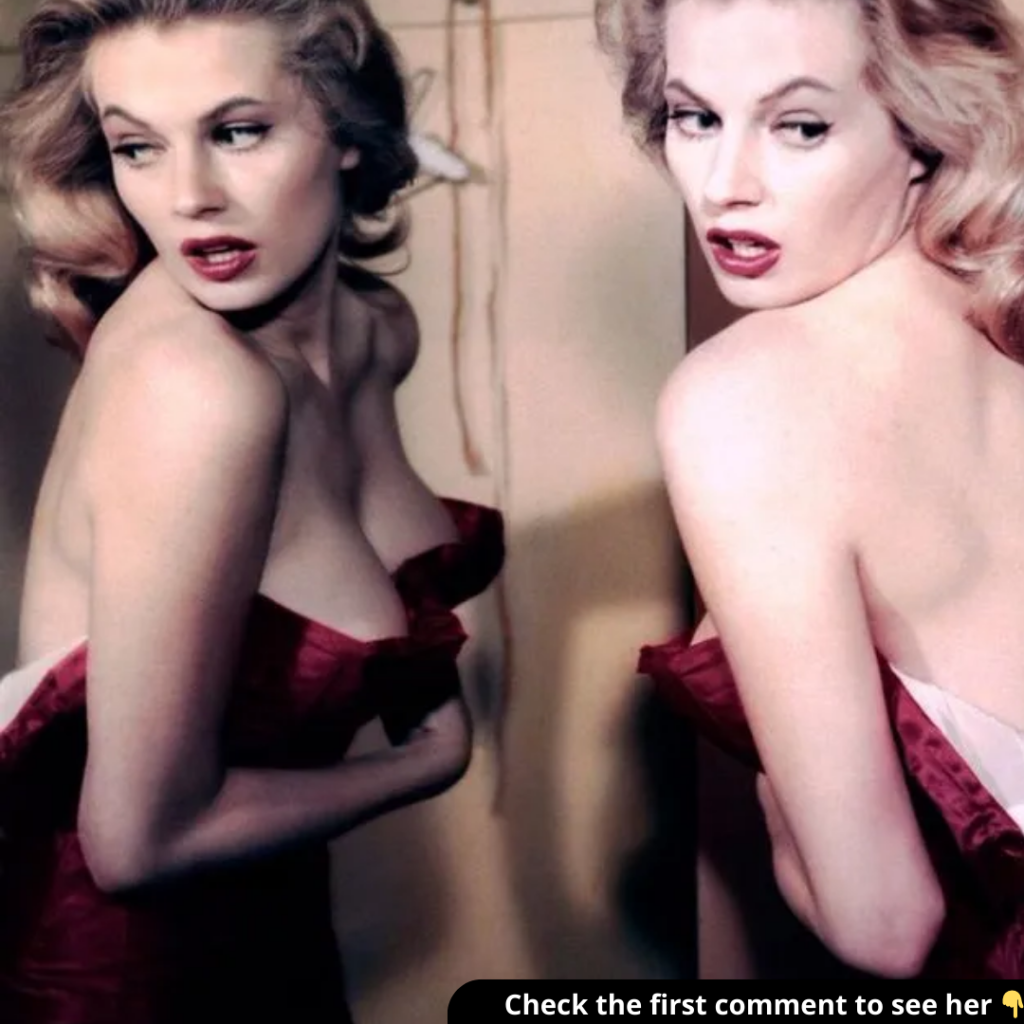
Born Kerstin Anita Marianne Ekberg on September 29, 1931, in Malmö, Sweden, Anita grew up in a modest household as one of eight siblings. Despite her humble beginnings, her striking beauty and unique charisma set her apart from an early age. Initially drawn to modeling, Ekberg’s dream of a glamorous career began to take shape when she won the Miss Sweden competition in 1950.
This victory was a turning point, catapulting her onto the international stage. Competing in the Miss Universe pageant introduced her to Hollywood, where her striking looks and undeniable presence caught the attention of industry insiders. Though she didn’t win the title, her exposure opened doors, leading her to stay in America to pursue a career in film.
Breaking Into Hollywood: The Early Years
After moving to Hollywood, Ekberg signed a contract with Universal Pictures. Like many young actresses of the era, she faced challenges, often cast as the stereotypical “blonde bombshell.” Her early roles in films such as Abbott and Costello Go to Mars (1953) and Blood Alley (1955) alongside John Wayne, showcased her screen presence, though they didn’t yet allow her to fully demonstrate her acting range.
Despite these limitations, Ekberg’s determination and charisma began to shine through. She quickly earned a reputation as a Hollywood glamour icon, drawing comparisons to other legendary blondes like Marilyn Monroe. However, Anita sought more than superficial fame—she wanted to leave a lasting impact on cinema.
The Defining Role: La Dolce Vita and the Trevi Fountain Scene
Anita Ekberg’s breakthrough came in 1960 with Federico Fellini’s masterpiece, La Dolce Vita. Cast as Sylvia, a glamorous American actress exploring the nightlife of Rome, Ekberg embodied the essence of celebrity allure and mystique. Her performance was magnetic, but it was the Trevi Fountain scene that immortalized her in cinematic history.
In this iconic moment, Ekberg’s character wades into the fountain, arms outstretched, inviting Marcello Mastroianni’s character to join her. The scene perfectly captured the charm and decadence of 1960s Rome, and Ekberg’s ethereal beauty became synonymous with the film’s exploration of fame and indulgence. To this day, the Trevi Fountain scene remains one of the most celebrated images in film, cementing Ekberg’s place as a cultural and cinematic legend.
Embracing European Cinema
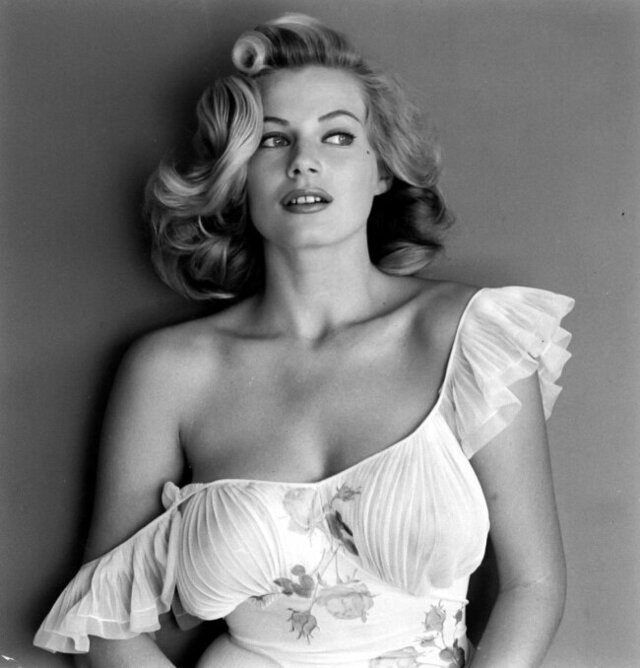
Following her success in La Dolce Vita, Ekberg transitioned to European cinema, where she found opportunities to explore more complex roles. Working with renowned directors like Federico Fellini, she starred in films such as Boccaccio ’70 (1962), further showcasing her versatility and charisma.
In Boccaccio ’70, Ekberg played a larger-than-life billboard model who captivates a man in the story, a role that cleverly commented on the nature of fame and beauty. Her work in European cinema allowed her to break free from Hollywood’s typecasting, proving she was more than just a glamorous starlet.
While her fame in Hollywood waned, Ekberg continued to captivate audiences in Europe, where she embraced roles that reflected her sophistication and depth. Her career choices during this period demonstrated her willingness to challenge herself and explore new creative horizons.
A Complex and Intriguing Personal Life
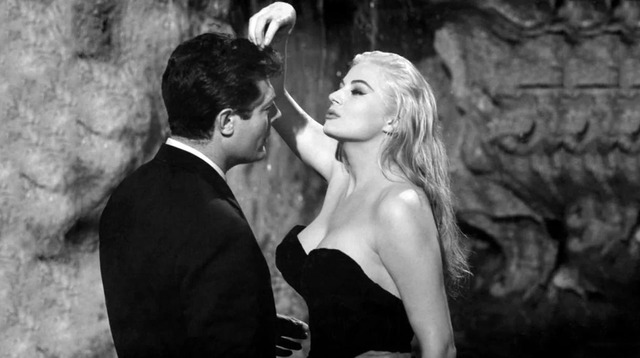
Behind the glitz and glamour, Anita Ekberg’s personal life was filled with complexity and intrigue. Known for her fiery personality, she was romantically linked to several high-profile figures, including Frank Sinatra, Gary Cooper, and Tyrone Power. These relationships fueled the public’s fascination with her, but Ekberg often expressed frustration at the media’s focus on her love life rather than her career.
In 1956, Ekberg married British actor Anthony Steel, but their tumultuous relationship ended in divorce in 1959. Later, she married Italian actor Rik Van Nutter, known for his role as Felix Leiter in the James Bond film Thunderball. Together, they lived in Italy, a place Ekberg considered her sanctuary away from Hollywood’s relentless spotlight. However, this marriage also ended in divorce.
Ekberg faced financial struggles and personal challenges in her later years, often reflecting on the fleeting nature of fame and beauty. Despite these hardships, she remained resilient, cherishing the memories of her iconic career and the legacy she left behind.
An Enduring Legacy
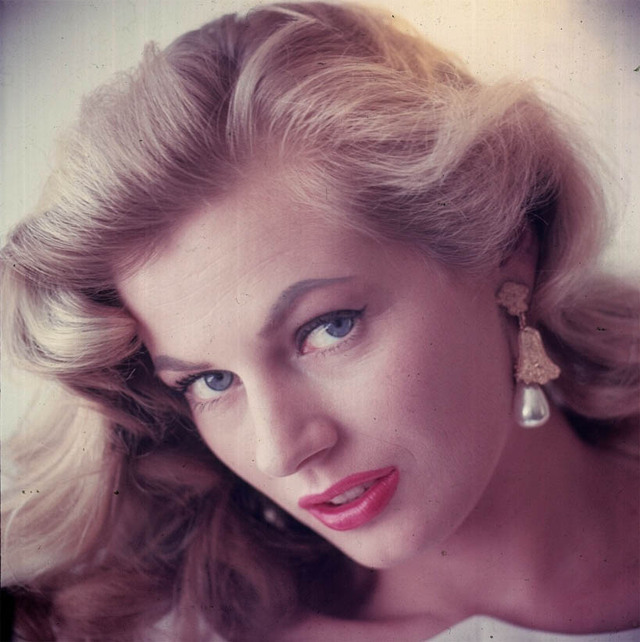
Anita Ekberg’s impact on cinema goes far beyond her roles. She became a symbol of timeless glamour, independence, and resilience. Her defining scene in La Dolce Vita captured the imagination of audiences worldwide and continues to inspire filmmakers and artists. Ekberg’s collaboration with visionary directors like Fellini showcased her ability to bring depth and nuance to her characters, proving she was much more than a “blonde bombshell.”
Although she passed away in 2015, Ekberg’s legacy endures. Her journey from a small-town girl in Sweden to an international icon is a testament to her ambition, talent, and enduring charm. She remains a source of inspiration for aspiring actors and a reminder of the golden age of cinema.
Conclusion: Celebrating Anita Ekberg’s Timeless Influence
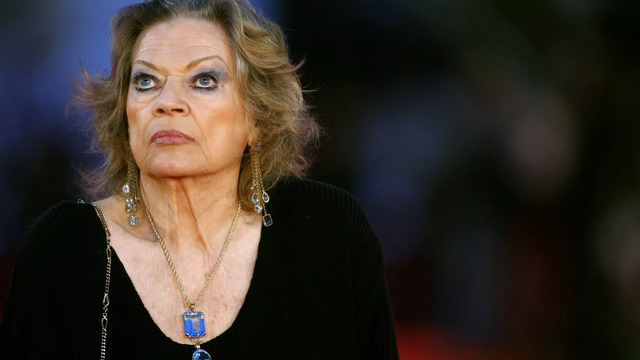
Anita Ekberg’s life and career were a celebration of beauty, talent, and individuality. From her early days in Hollywood to her unforgettable roles in European cinema, she captivated audiences with her magnetic presence and fearless spirit. Her iconic scene in the Trevi Fountain symbolizes not only the allure of fame but also the timeless magic of cinema.
As we remember Anita Ekberg, we celebrate a woman who broke boundaries and left an indelible mark on film history. Her legacy continues to shine, reminding us of a time when stars were larger than life and movies had the power to transport us to a world of glamour and dreams


